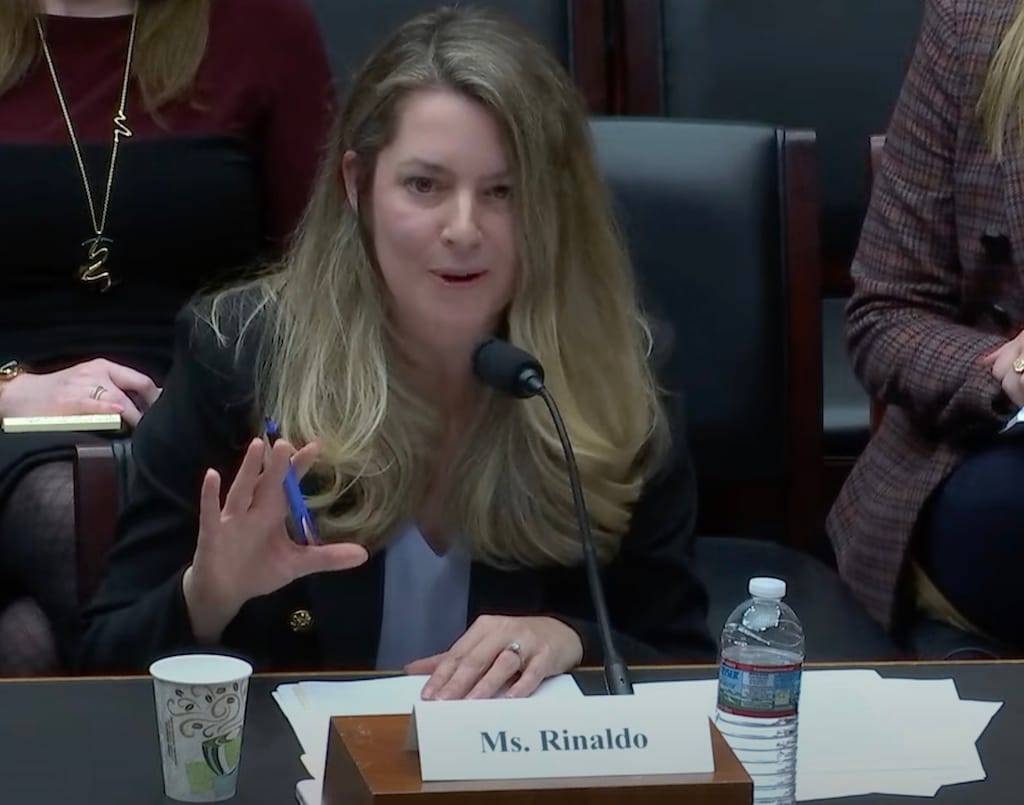Funding and Unified Standards Essential for Open RAN: Experts
Dish is planning to stand up an NTIA-funded testing facility in the next 6 months.

WASHINGTON, January 17, 2024 – Industry stakeholders testified at a House hearing on Wednesday that the National Telecommunications and Information Administration should award its Wireless Supply Chain Innovation Fund quickly and include some standards organizations in the mix of recipients.
Funded by the 2022 CHIPS and Science Act, the $1.5 billion program is aimed at expanding open RAN networks, which operate on generic components and software rather than proprietary hardware from large suppliers.
The NTIA has doled out more than $98 million and is set to release up to $140 million in total through its first round of funding.
“If we want this to be impactful, the money needs to go out in the next couple of years,” said Diane Rinaldo, executive director of the Open RAN Policy Coalition. “If we let this money go for the next 10 years, this is a 7G conversation. We don’t want to be in that position.”
The lion’s share of what has been awarded went to Dish. A $50 million grant is set to fund a facility for smaller companies to field test their equipment against Dish’s commercial network.
The company plans to stand up the lab within six months, said Dish Executive Vice President of External and Government Affairs Jeff Blum.
AT&T also recently announced a $14 billion partnership with equipment supplier Ericsson to build out an open RAN network, with plans to have 70 percent of its traffic on open platforms by late 2026.
These are early steps, and the technology is still nascent. But U.S. officials are hoping it will serve as an alternative to equipment provided by Chinese companies like Huawei and ZTE – both domestically and abroad.
The FCC is currently overseeing the ‘rip and replace’ program, which reimburses providers for swapping out equipment from those companies in their networks.
A standardized certification system for open RAN equipment would help spur adoption both in the U.S. and globally, said Kristian Toivo, executive director of the Telecom Infra Project. He said some of the NTIA’s Innovation Fund cash could be used to support an “independent entity” in establishing a “global certification regime.”
In the absence of such a standard, multiple frameworks could spring up and work against the goal of interoperable network equipment.
“We don’t want what happened in the 1980s with Betamax and VHS,” he said. “They both worked, but they were incompatible.”










